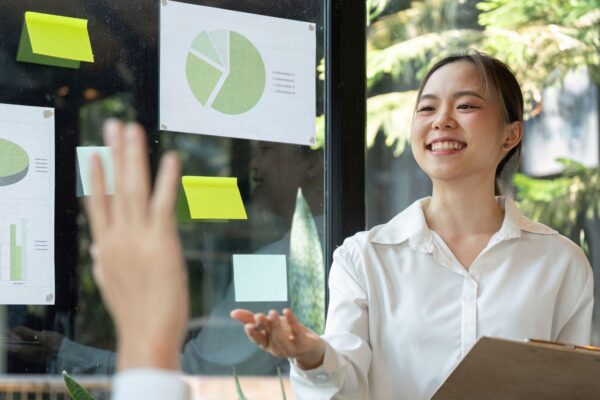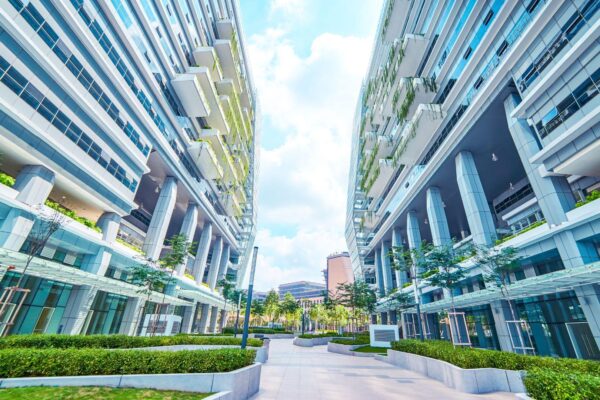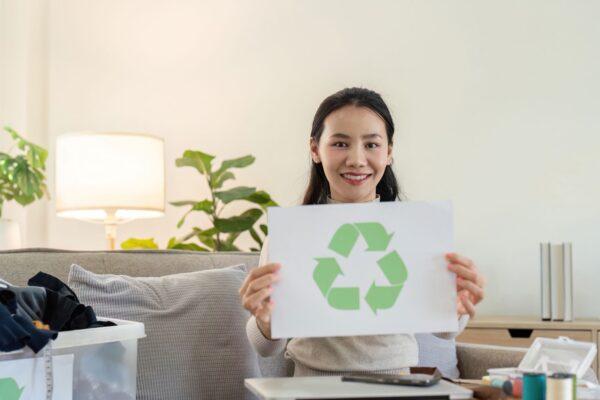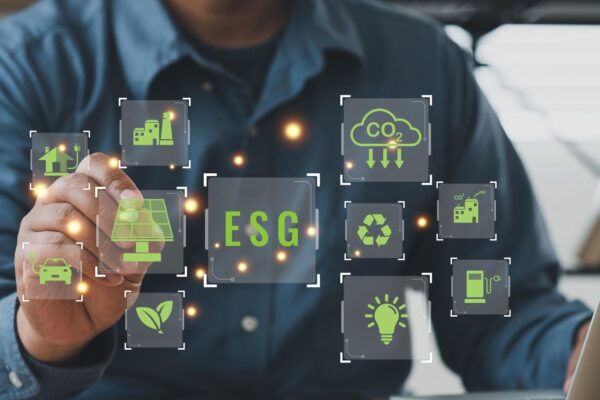One of the most valuable resources on Earth is water. All living things depend on the utilization of water. Water quality and availability are essential for industry, agriculture, biodiversity, and human survival. However, misuse, pollution, and climate change are putting more and more strain on it.
It is crucial to make sustainable efforts to preserve water resources because of the expanding global population and the stress that climate change is placing on water systems. This article will be explaining what are the key sustainable practices and strategies to ensure the long-term water resources.
Table of Contents
ToggleWater-Efficient Appliance
Water conservation is one of the most straightforward yet effective strategies to preserve water supplies. Overall water availability may be significantly impacted by lowering water waste and promoting responsible use at all scales, from large-scale businesses to individual homes.
Water consumption in households can be considerably decreased at the consumer level by utilizing water-efficient equipment such as dual-flush toilets, water-efficient dishwashers, and low-flow showerheads. By offering incentives for the installation of such devices, governments and municipalities can further promote conservation.
Recycling and Reusing Water
Water reclamation, sometimes referred to as recycling water, is becoming a more important practice, particularly in places where water is scarce. Greywater systems, which clean and repurpose water from showers, sinks, and washing machines for irrigation and other non-potable uses, are becoming more and more common. Larger-scale applications for treated wastewater include industrial operations, groundwater replenishment, and agriculture. Although it is still expensive and energy-intensive, desalination of saltwater is becoming more popular in some areas as a sustainable way to increase the amount of water available.
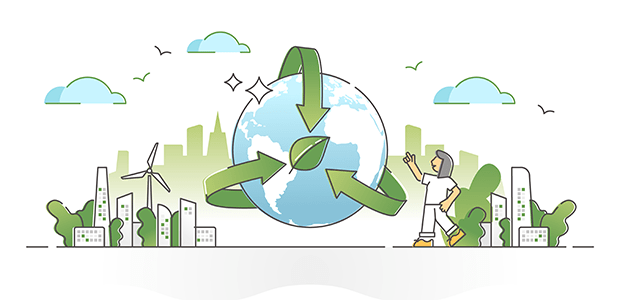
Agriculture Water Use
Approximately 70% of freshwater withdrawals worldwide occur in agriculture, making it one of the most crucial industries for water conservation initiatives. Water use can be cut by up to 50% with methods like drip irrigation, which puts water straight into plant roots. Crop rotation and the promotion of drought-resistant crop varieties can also assist reduce the amount of water needed for farming.
Addressing Water Pollution from Plastics
Read related articles : Technology in Sustainable Business
Freshwater and marine ecosystems are increasingly under risk from plastic waste, especially microplastics. This issue can be lessened by implementing laws that restrict the manufacturing and use of plastics, such as those that encourage recycling and outlaw single-use plastics. Reducing the quantity of plastic that enters larger bodies of water is another benefit of community-driven initiatives to clean up contaminated waterways.
Behavior Change
Understanding that promoting a culture of water conservation is equally vital, tt is also crucial to run educational efforts that motivate people to repair leaks, use less water in gardens, and take shorter showers. Millions of gallons of water can be saved annually by making little behavioral changes like only running washing machines with full loads or shutting off the faucets when brushing your teeth.
What Can Be Done?
Preserving water resources requires a multifaceted approach that combines technological innovation, policy measures, and individual behavioral changes. Implementing water-efficient appliances, recycling and reusing water, optimizing agricultural practices, and addressing water pollution are all crucial strategies for ensuring sustainable water availability. Especially for industries which involve massive water use, it is important to conduct sustainable efforts towards water conservation. In this case, companies can utilize Satuplatform service as an all-in-one solution for industry’s sustainable efforts. Find out the FREE DEMO here!
Similar Article
Bagaimana Peran Perang dan Militer sebagai Kontributor Jejak Karbon Global
Konflik dan perang menciptakan kontributor jejak karbon baru dengan dampak signifikan dan sayangnya, sebagian besar tidak dihitung. Emisi ini jarang…
Why Product Lifespan Is the Next Frontier for Sustainable Business
Embracing product longevity and extending product lifespan emerges as a current and indispensable strategic priority for cultivating sustainable business growth…
Green Building sebagai Cara Mengurangi Jejak Karbon, Ini yang Perlu Dilakukan!
Di tengah isu perubahan iklim yang semakin mendesak, bisnis dan masyarakat global mulai sadar pentingnya pembangunan yang lebih ramah lingkungan.…
Unveiling the Environmental Impact of Children’s Toys Industry
The global toy industry plays a significant role in early childhood development, creativity, and education. Toys bring joy, imagination, and…
ESG as Sustainability Initiatives for Modern Industry
In today’s world, sustainability is no longer just a “nice-to-have”, but it’s a must. With rising concerns about climate change,…
ESG Strategies for Business Growth in Developing Countries
In today’s fast-changing world, businesses are no longer only measured by profits. Companies are now expected to be responsible for…



